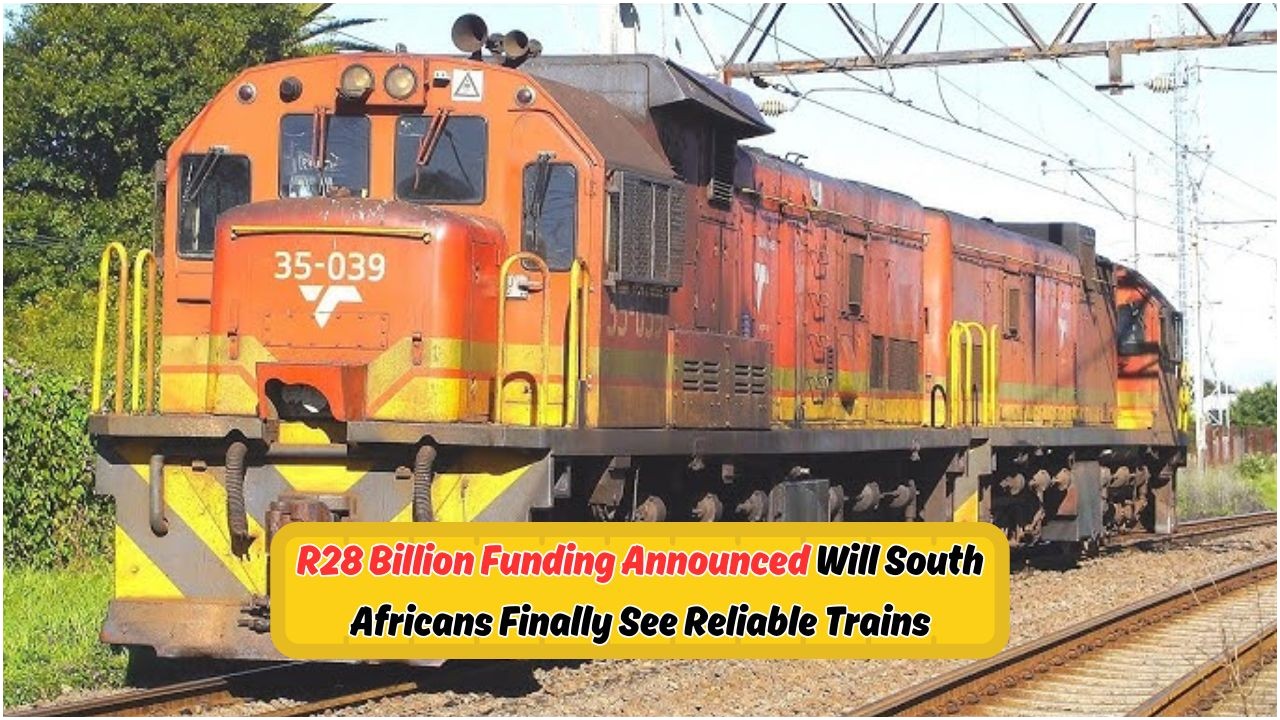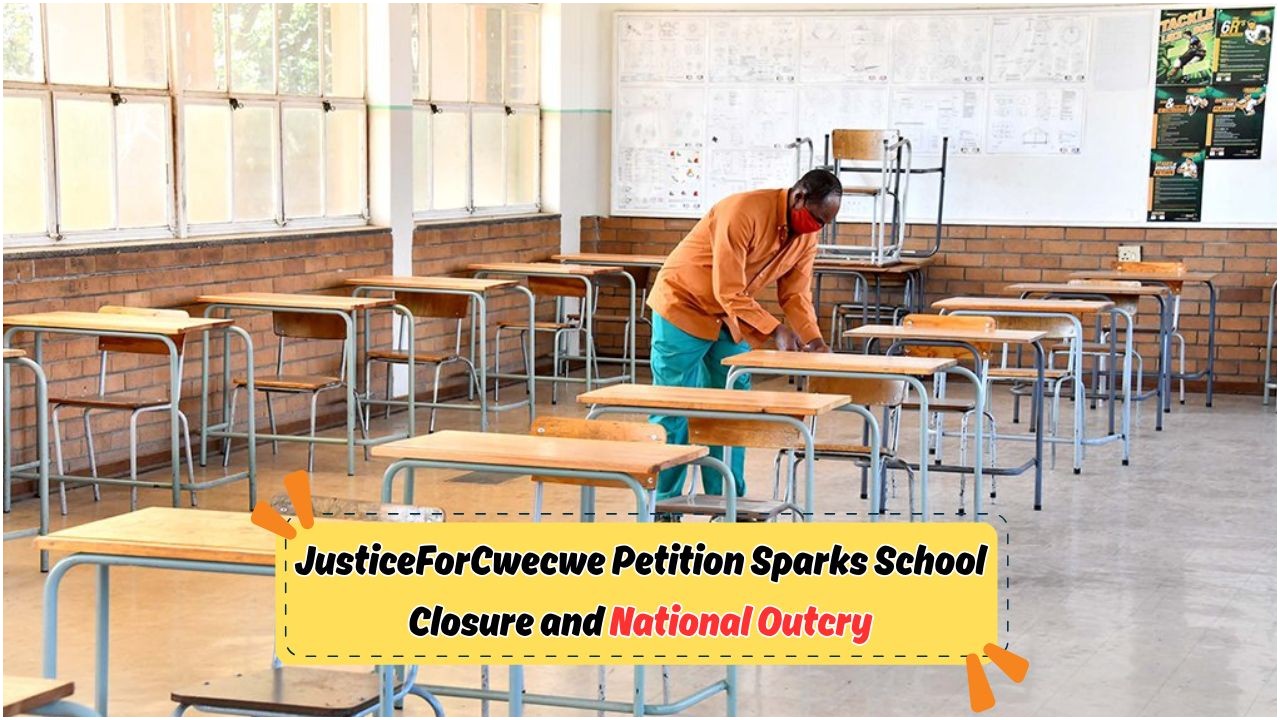South Africa Secures R28 Billion for Eskom and PRASA: In a significant development for South Africa’s infrastructure, the government has successfully secured a substantial funding package of R28 billion aimed at revitalizing two of the country’s critical entities: Eskom and PRASA. As these organizations play pivotal roles in the nation’s energy and transportation sectors, the financial boost is expected to address longstanding issues, ensuring improved efficiency and service delivery. Given the current challenges, such as frequent power outages and unreliable public transport, this funding could be a game-changer, potentially sparking real change in the lives of ordinary South Africans. However, the question remains whether this financial injection will be enough to overcome the systemic problems that have plagued Eskom and PRASA for years.
Understanding the Impact of the R28 Billion Investment
Securing R28 billion for Eskom and PRASA is a significant win for South Africa, but understanding its impact requires a closer look at how the funds will be allocated. The primary goal is to stabilize Eskom’s energy supply and improve PRASA’s rail services. For Eskom, part of the investment will go towards upgrading aging infrastructure, which has been a major cause of the country’s frequent load shedding. By modernizing its systems, Eskom aims to provide a more reliable power supply. Similarly, PRASA plans to use the funding to refurbish old train coaches and improve rail infrastructure, aiming to restore confidence in the rail system as a viable public transport option.
- Reduction in load shedding incidents
- Improved train schedules and reduced delays
- Increased job creation in the energy and transport sectors
- Enhanced economic growth opportunities
Challenges Facing Eskom and PRASA
| Entity | Challenge | Impact | Solution |
|---|---|---|---|
| Eskom | Aging infrastructure | Frequent power outages | Infrastructure upgrades |
| PRASA | Poor maintenance | Unreliable train services | Refurbishment projects |
| Eskom | Financial mismanagement | Debt accumulation | Improved governance |
| PRASA | Vandalism and theft | Service disruptions | Enhanced security measures |
| Eskom | Coal dependency | Environmental concerns | Renewable energy transition |
| PRASA | Obsolete technology | Operational inefficiency | Technology upgrades |
| Eskom | Capacity issues | Load shedding | Capacity expansion |
Will the Funding Address Systemic Issues?
While the funding is a step in the right direction, addressing the deep-rooted issues within Eskom and PRASA requires more than just financial intervention. Systemic problems such as corruption, mismanagement, and inefficiencies have long plagued these entities. To ensure the funding leads to sustainable change, the government must implement stringent oversight and accountability measures. Transparency in how funds are utilized will be crucial to prevent misuse and ensure that the money reaches its intended projects. Additionally, fostering a culture of innovation and efficiency within these organizations will be vital for long-term success.
 Thousands Stranded by August NSFAS Blockages: Discover the Viral R5,200 WhatsApp Hack to Solve It
Thousands Stranded by August NSFAS Blockages: Discover the Viral R5,200 WhatsApp Hack to Solve It
- Implementation of strict auditing procedures
- Regular public reporting on fund allocation
- Appointment of competent leadership teams
- Engagement with stakeholders for collaborative solutions
Potential Benefits for South Africans
| Benefit | Description | Sector | Long-term Impact |
|---|---|---|---|
| Reliable Power Supply | Reduced outages and steady electricity | Energy | Boost in industrial productivity |
| Improved Public Transport | Efficient and timely train services | Transport | Increased commuter confidence |
| Job Creation | New employment opportunities in rebuilding projects | Both | Economic upliftment |
| Environmental Benefits | Transition towards greener energy solutions | Energy | Sustainable development |
Future Prospects for Eskom and PRASA
As South Africa looks to the future, the success of the R28 billion investment will largely depend on the effective execution of planned projects and reforms within Eskom and PRASA. If managed well, this funding could set a precedent for future investments and reforms across other state-owned enterprises. The government’s commitment to transforming these entities should not only focus on immediate fixes but also on building resilient systems that can adapt to future challenges, such as climate change and technological advancements.
- Expansion of renewable energy initiatives
- Integration of smart technologies in rail systems
- Continuous skills development and training for employees
- Strengthening partnerships with international stakeholders
Measuring Success: Key Performance Indicators
| Indicator | Description | Target Entity | Expected Outcome |
|---|---|---|---|
| Load Shedding Frequency | Number of power outages per month | Eskom | Decrease by 50% |
| Train Punctuality | Percentage of on-time arrivals | PRASA | Increase to 90% |
| Customer Satisfaction | Public feedback ratings | Both | Achieve high satisfaction scores |
| Financial Performance | Revenue growth and debt reduction | Both | Positive financial health |
| Environmental Impact | Reduction in carbon emissions | Eskom | 20% reduction |
Challenges and Opportunities Ahead
The journey to revitalizing Eskom and PRASA is fraught with challenges but also presents unique opportunities. Both entities must navigate complex landscapes of technological change, economic pressures, and public expectations. For Eskom, shifting towards renewable energy is not just an opportunity but a necessity in the face of environmental imperatives. PRASA, on the other hand, must leverage technology to modernize its operations and improve customer experience. The success of these initiatives will depend on strategic planning, stakeholder engagement, and a relentless focus on operational excellence.
- Adopting cutting-edge technologies
- Engaging with local communities
- Leveraging partnerships with private sectors
- Ensuring policy alignment with national goals
Strategic Roadmap for Success
| Strategy | Objective | Entity | Timeline |
|---|---|---|---|
| Infrastructure Development | Upgrade and modernize facilities | Both | 2023-2025 |
| Renewable Energy Projects | Reduce coal dependency | Eskom | 2024-2026 |
| Customer Service Enhancements | Improve user experience | PRASA | 2023-2024 |
| Financial Restructuring | Manage debt effectively | Both | Ongoing |
| Safety and Security Measures | Protect assets and personnel | PRASA | Immediate |
FAQ Section: Addressing Common Concerns
What is the purpose of the R28 billion funding?
To stabilize Eskom’s energy supply and improve PRASA’s rail services, enhancing overall infrastructure efficiency.
How will the funds be distributed between Eskom and PRASA?
Specific allocations are yet to be detailed, but both entities will receive portions for infrastructure upgrades and operational improvements.
Can the funding solve Eskom’s load shedding issues?
While it aims to reduce load shedding, systemic changes and additional investments are needed for long-term resolution.
What measures are in place to ensure transparency in fund usage?
Government oversight, auditing, and public reporting are planned to monitor fund allocation and usage.
 Eastern Cape School Shuts Down Amid #JusticeForCwecwe Uproar: Parents Call for Immediate Action
Eastern Cape School Shuts Down Amid #JusticeForCwecwe Uproar: Parents Call for Immediate Action
Will this funding create new jobs in South Africa?
Yes, infrastructure projects are expected to create employment opportunities in both the energy and transportation sectors.









